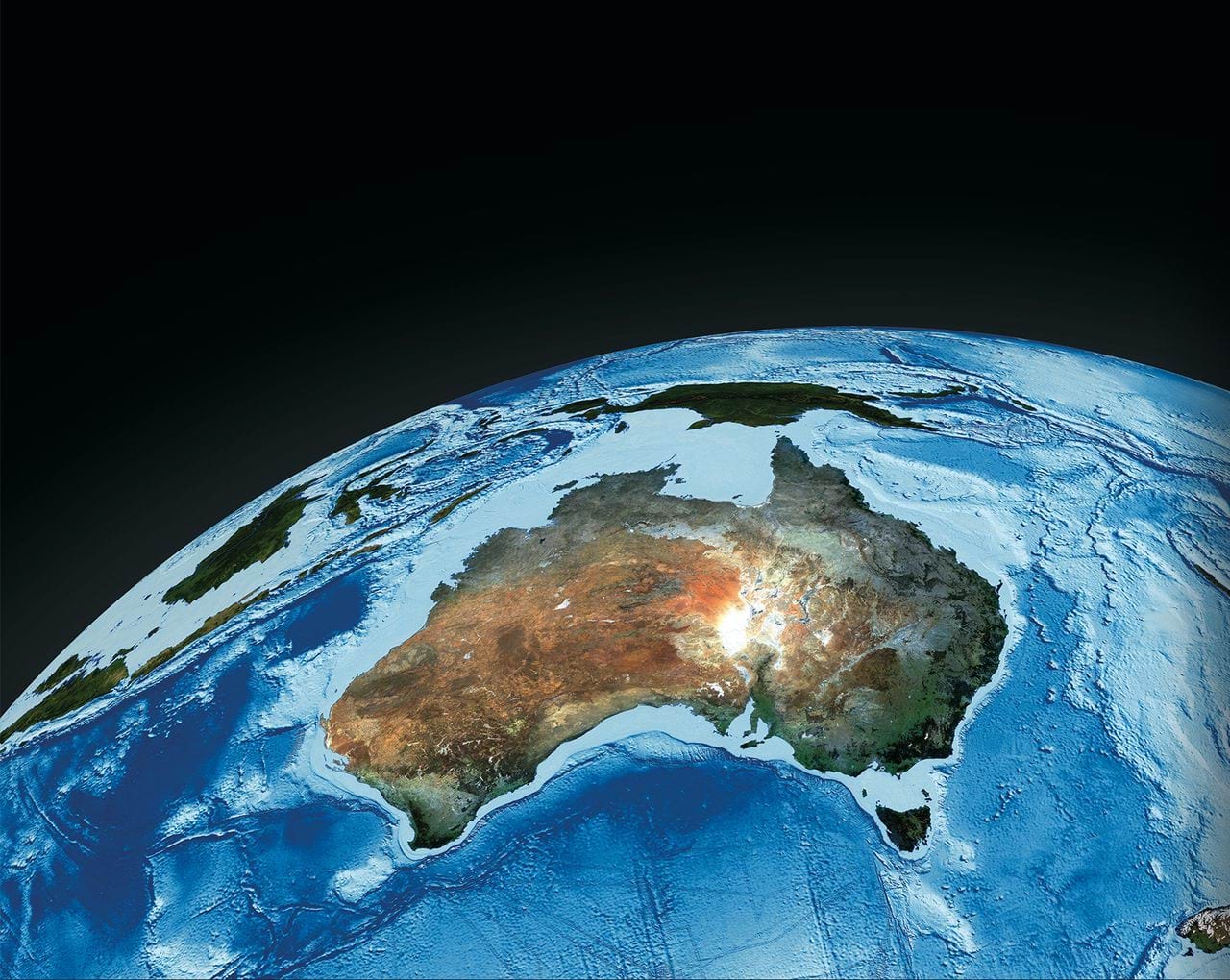2.0.0: DEA Pixel Quality (Landsat)
2.0.0: DEA Pixel Quality (Landsat)
Pixel Quality 25m 2.0.0
- Version:
2.0.0 (See latest version)
- Product types:
Baseline, Raster
- Update frequency:
Deprecated

Old version
This is an old version of the product. See the latest version.
About
This product has been deprecated and is superseded by these products:
Key details
Collection |
Geoscience Australia Landsat Collection 2 |
Persistent ID |
|
Licence |
Publications
Ernst, S.; Lymburner, L.; Sixsmith, J. Implications of Pixel Quality Flags on the Observation Density of a Continental Landsat Archive. Remote Sens. 2018, 10, 1570. https://www.mdpi.com/2072-4292/10/10/1570
Background
This product has been deprecated and is superseded by these products:
We need to be able to exclude cloud and cloud shadow affected observations from analyses of optical Earth observation data.
Historically this has been done via the user selecting ‘cloud free’ images as input for their analysis. However, manual selection of cloud free scenes is neither timely nor practical for large scale automated analysis at continental or ‘whole of archive’ scale. This necessitates the use of per pixel information about whether the observation is ‘clear’; i.e. free of cloud, cloud shadow and sensor saturation, and contains information for all bands.
What this product offers
This product facilitates interpretation and processing of Surface Reflectance NBAR/NBART, Fractional Cover and all derivative products.
It provides an assessment of the quality of observations at a pixel level and includes information about:
Spectral contiguity (lack of signal in any band)
Saturation in any band
Presence of cloud
Presence of cloud shadow
Land or sea
Applications
By removing the need for cloud screening and specific scene selection the PQ25 will significantly reduce pre-processing requirements for a wide range of land and coastal monitoring applications and render more accurate results from these analyses, particularly for those utilising time series data.
Such applications include various forms of change detection, including the monitoring of:
Urban growth
Coastal habitats
Mining activities
Agricultural production
It can also be used in compliance surveys, scientific research and emergency management.
Technical information
As Landsat Imagery becomes more readily available, there has been a rapid increase in the amount of analyses undertaken by researchers around the globe.
Most researchers use some form of quality masking schema in order to remove undesirable pixels from analysis, whether that be cloud, cloud shadow, observations over the ocean, or saturated pixels.
In the past, researchers would reject partly cloud-affected scenes in favour of cloud-free scenes. However, Landsat time series analysis using all cloud-free pixels has become a valuable technique and has increased the demand for automation of cloud, cloud shadow and saturation detection.
This product assesses each image pixel to determine if it is an unobscured, unsaturated observation of the Earth’s surface and also whether the pixel is represented in each spectral band.
It allows users to produce masks which can be used to exclude pixels which do not meet their quality criteria from analysis. The capacity to automatically exclude such pixels is essential for emerging multi-temporal analysis techniques that make use of every quality assured pixel within a time series of observations.
You can choose to process only land pixels, or only sea pixels depending on their analytical requirements.
The PQ25 product combines established algorithms that detect clouds including the Automated Cloud Cover Assessment (ACCA) (Irish et al. 2006) and Function of mask (Fmask) (Zhu and Woodcock 2012) .
ACCA is already widely used within the remote sensing community; it is fast and relatively accurate. Fmask on the other hand is newer, but is rapidly becoming more established, and can provide a more accurate cloud mask than ACCA in certain cloud environments.
Emergency response applications such as flood mapping typically have to contend with individual cloud affected scenes and therefore rely on effective cloud and cloud shadow removal techniques.
Lineage
The sensor saturation flagging protocols developed for the Web Enabled Landsat Data (WELD) product as described in Roy et al. (2011) are used to flag sensor saturation.
The PQ25 product has similarities to the QAB layer packaged with OLI data, however it uses additional algorithms to detect cloud and cloud shadow, and is available for Landsats 5, 7 and 8.
References
Irish, R. R., Barker, J. L., Goward, S. N., & Arvidson, T. (2006). Characterization of the Landsat-7 ETM+ automated cloud-cover assessment (ACCA) algorithm. Photogrammetric Engineering & Remote Sensing, 72(10), 1179–1188. https://doi.org/10.14358/PERS.72.10.1179
Zhu, Z., & Woodcock, C. E. (2012). Object-based cloud and cloud shadow detection in Landsat imagery. Remote Sensing of Environment, 118, 83–94. https://doi.org/10.1016/j.rse.2011.10.028
Accuracy
The accuracy of the algorithms for test locations is described in their respective journal articles. However the combination of complex cloud environments, thin cirrus and the scan line corrector error all contribute to the limitations of the PQ25 product . Currently, both the cloud and cloud shadow algorithms rely on the thermal data in order to effectively screen out cloud/cloud shadow affected pixels. The absence of thermal data prevents these algorithms from running, thereby producing a PQ25 product lacking any cloud or cloud shadow masks. This severely can impact any subsequent analysis.
The Land Sea Mask, whilst derived from a 100K vector file, the boundary shape may not accurately represent the coastal features visible in the imagery. In order to decrease the chances of eliminating pixels identified as land, the source vector file was buffered (extended) by 150m outwards towards the sea.
Quality assurance
The validation of the underlying algorithms is contained within the journal articles that describe ACCA (Irish et al. 2006), Fmask (Zhu and Woodcock 2012) and the ATBD that describes the sensor saturation flagging method (Roy et al. 2010).
Other versions
You can find the history in the latest version of the product.
Acknowledgments
Landsat data is provided by the United States Geological Survey (USGS) through direct reception of the data at Geoscience Australia’s satellite reception facility or download.
License and copyright
© Commonwealth of Australia (Geoscience Australia).
Released under Creative Commons Attribution 4.0 International Licence.